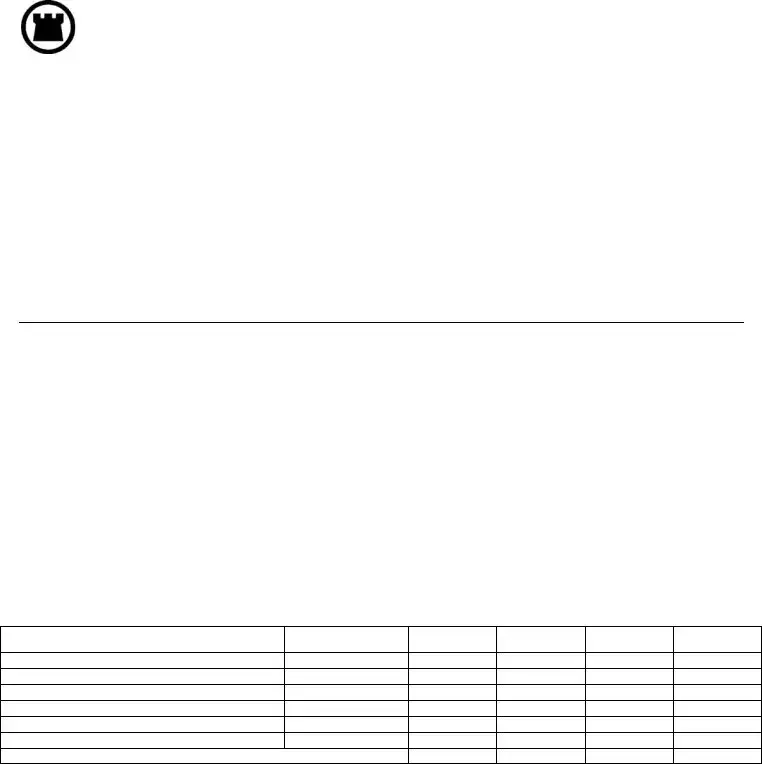What is the purpose of the Chicago Title Waiver Format form?
This form is used to release and waive any claims to a lien by a contractor or subcontractor under the Illinois mechanics’ lien statutes for labor, services, material, fixtures, apparatus, or machinery furnished to a particular property. It serves as a legal declaration that the signer has been paid for work performed up to the date stated and relinquishes any right to claim a lien on the property for that work.
Who should use the Chicago Title Waiver Format form?
Contractors, subcontractors, or any parties who have provided labor, services, or materials for a construction project in the State of Illinois and have been compensated for their contributions up to a certain date should use this form. It's particularly relevant when they need to demonstrate to property owners or general contractors that lien rights have been waived after receiving payment.
Are there any specific considerations when filling out this form?
Accuracy is paramount. The individual or entity completing the form must ensure that all details regarding the employment, description of the premises, the scope of work provided, and the payment received are correct. Special attention should be given to the “EXTRAS” section to include all additional work or materials not originally anticipated in the main contract. All information must reflect the current and true state of affairs regarding payments and work done.
What does 'INCLUDING EXTRAS' mean on the form?
“INCLUDING EXTRAS” refers to any additional work, materials, or changes to the original contract scope that were agreed upon either in writing or orally. This can include change orders or any other modifications that resulted in an increase or decrease of the original contract amount. It’s essential to detail these extras to ensure a comprehensive relinquishment of lien rights.
When should the Chicago Title Waiver Format form be submitted?
This form should be submitted after a contractor or subcontractor has received payment for their services to date but typically before the final payment is made. It’s commonly used as part of the payment process to provide assurance to the property owner that lien rights have been waived for work completed up to that point, facilitating a clear path to the next phase of payment or project completion.
What legal effect does signing this form have?
By signing the Chicago Title Waiver Format form, the signer legally declares they have received payment and consequently waives any right to claim a lien against the property for the specified work and payment period. It significantly reduces the risk of legal disputes over payments and is a critical step in maintaining the clear title of the property.
Can the waiver be revoked once it has been signed and submitted?
Generally, once the waiver has been signed and submitted, it cannot be revoked. It represents a final acknowledgment of payment and waiver of lien rights for the period specified. Any attempt to revoke the waiver after submission would require proof of fraud, duress, or a similar compelling reason questioning the waiver's validity.
Is notarization required for the Chicago Title Waiver Format form?
Yes, the form requires notarization. The signature of the contractor or subcontractor must be witnessed and certified by a Notary Public. This step adds a layer of legal authentication to the document, verifying the identity of the signer and the voluntariness of their act, thereby giving the form its full legal effect.

